Wilfrid went to Rome three times, which is pretty good going for the seventh century: we have only managed it twice. His first visit was a plgrimage from Canterbury, accompanied by Benedict Biscop. His two later missions were to convince the Pope that he had been hard done by, and these visits would probably have been at the Lateran palace, the seat of the Pope at the time. But he had other things to do, in particular visiting as many saints shrines as possble, and collecting relics to bring back to England. Of course, Rome has suffered tumultuous times since Wilfrid's visits, and little remains the same.
Below is St Peter's Basilica, the world's largest church, containing the shrine of St Peter and relics of many other saints.
The history of the site goes back to the time of Constantine, when a church in the style of a Roman basilica was built over was was said to be the grave of St Peter. The lower two images show a possible reconstruction of St Peter's as Wilfrid would have seen it. Reconstruction began in 1506 and went on until 1615.
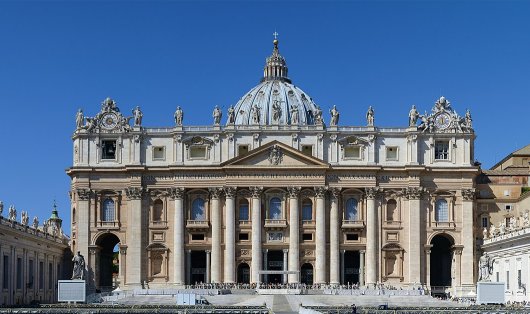
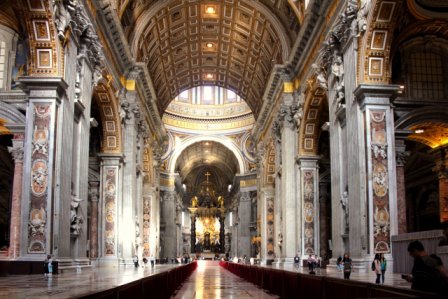
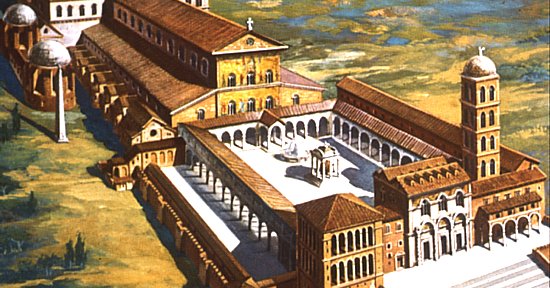
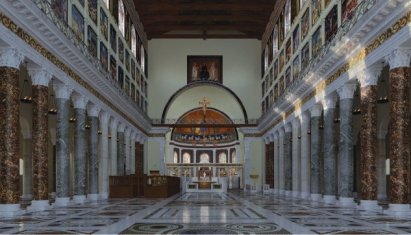
The Archbasilica of St John Lateran. Many people assume that St Peter’s
is the cathedral of Rome, but it isn’t: this is. It is the oldest church
in the west; it was founded in 324. The site was originally a fort run
by the supporters of Maxentius, beaten by Constantine in the Battle of
Milvian Bridge in 312. He seized the site and building began. What you
see today doesn’t look anywhere near as old as this, though; it has been
rebuilt many times. The façade was completed in 1735.
Relics dating from the time of Wilfrid include the staircase,
said to be the stairs Jesus climbed on his was to be tried by Pilate. It
was brought to Rome in the fourth century by St Helena. The baptistery
may well have been visited by Wilfrid: the exterior has changed little
since its construction c 320 – 325. I have explored the baptistery in a
posting
here.
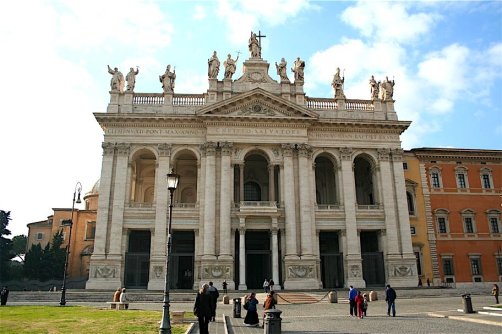
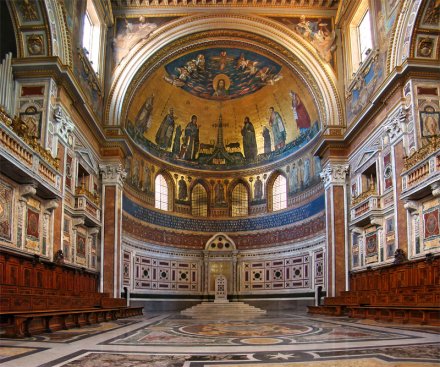
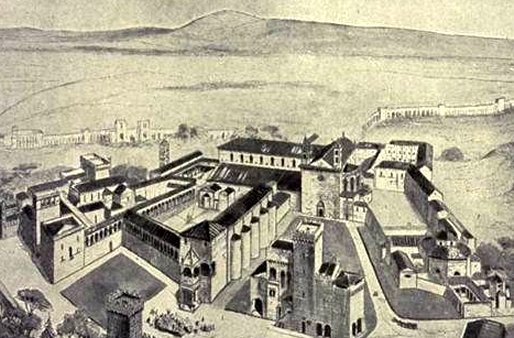
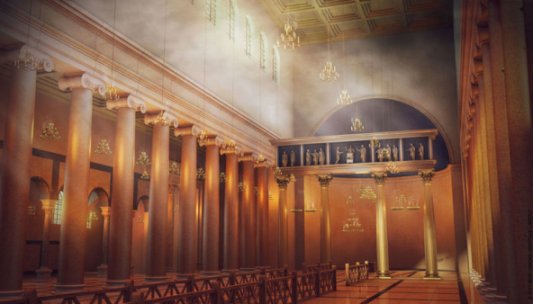
The monastery of
San Gregorio Magno, dedicated to St Andrew in the time of Wilfrid.
Wilfrid spent a good deal of time here, much of it spent under the
instruction of Archdeacon Bonifatius Consiliarius, an advisor to the
papacy. Wilfrid learnt a great deal about the Roman liturgy and
tradition here.
It was a significant place for visitors, later pilgrims, from
Canterbury. It was from here that Augustine and his twenty followers
departed for Canterbury in 595.
Current view of the façade, and a reconstruction of the monastic
complex c1000.
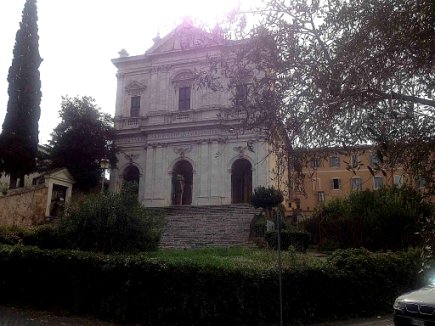
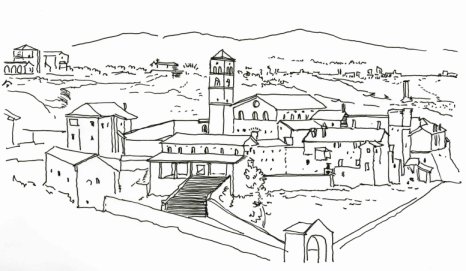
St Wilfrid page1 Home page - explore the site